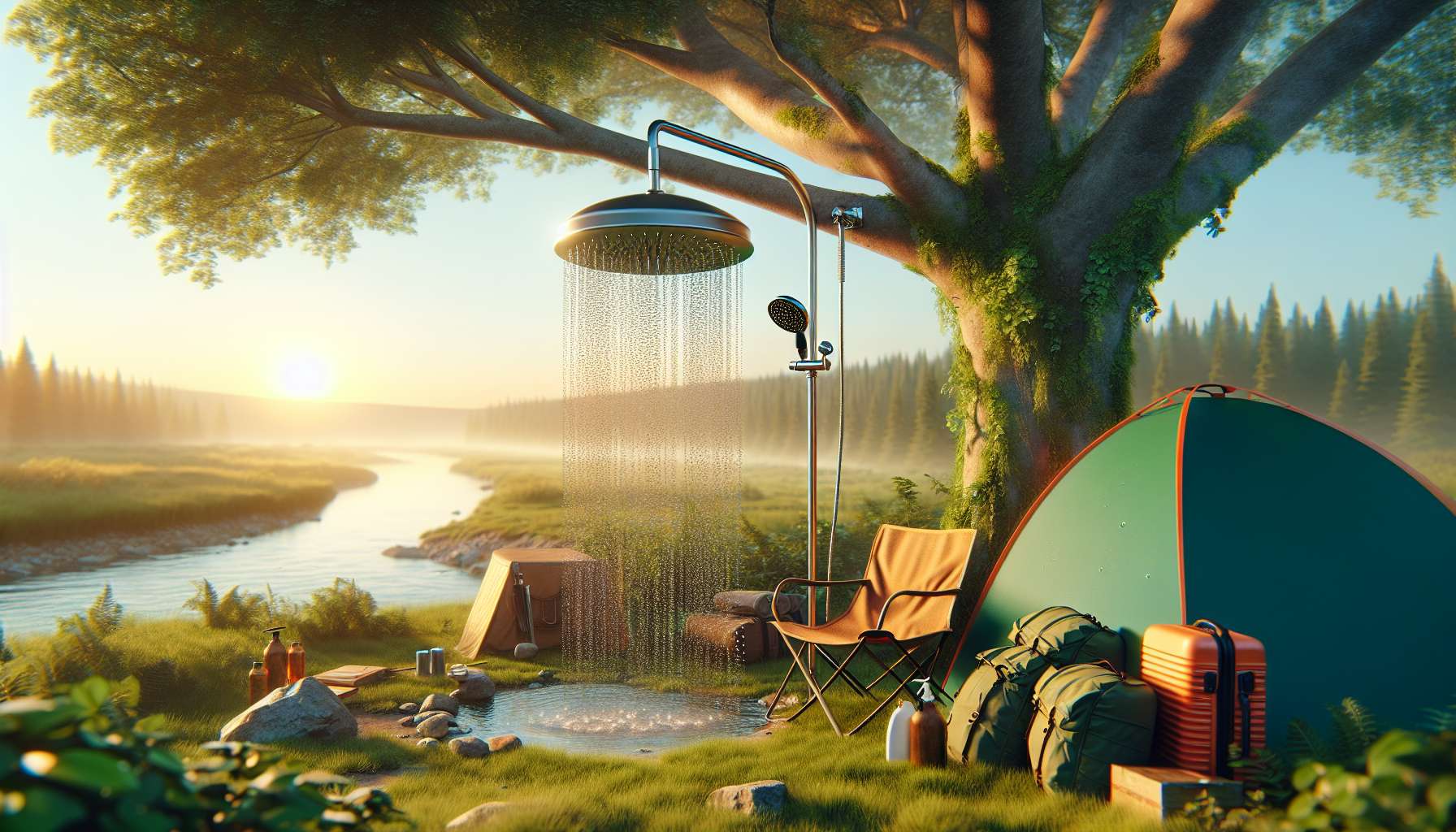The Ultimate Guide to Hammocks: Everything You Need to Know
When you think of relaxation, what comes to mind? Perhaps it’s a sunny beach, a tranquil forest, or a cozy nook in your backyard where you can unwind and let go of the stresses of daily life. One item that has long been associated with leisure, comfort, and outdoor enjoyment is the humble hammock. These suspended beds have been a symbol of relaxation for centuries, offering a unique way to rest and rejuvenate in nature.
The History of Hammocks
Hammocks have a long and fascinating history that dates back thousands of years. The origins of the hammock can be traced to Central and South America, where indigenous tribes used woven tree bark and plant fibers to create suspended beds for sleeping. These early hammocks provided protection from insects, snakes, and other ground-dwelling creatures, as well as a comfortable place to rest high above the ground.
Spanish explorers encountered hammocks during their journeys to the New World in the 15th and 16th centuries, and they were quick to adopt this innovative sleeping solution. Hammocks soon became popular among sailors, soldiers, and explorers, who appreciated their portability, comfort, and space-saving design. The spread of hammocks across Europe and other parts of the world led to the development of new materials and designs, including the spreader bar hammock, which is commonly seen today.
Today, hammocks are used for a variety of purposes, from camping and backpacking to backyard relaxation and even indoor sleeping. The evolution of hammock technology has led to the creation of lightweight, durable, and weather-resistant models that cater to different preferences and needs.
The Anatomy of a Hammock
Before diving into the different types of hammocks available, it’s important to understand the basic components that make up a hammock. A traditional hammock consists of a length of fabric or netting suspended between two points, such as trees, poles, or a hammock stand. The fabric is typically attached to the support points using ropes, chains, or straps, and may feature spreader bars at each end to help maintain its shape.
Modern hammocks may also include additional features such as built-in bug nets, rain flies, pockets, and even built-in insulation for cold-weather camping. Hammocks come in a variety of sizes, shapes, and materials, with options ranging from lightweight nylon hammocks for backpacking to luxurious quilted hammocks for backyard relaxation.
When setting up a hammock, it’s important to ensure that the support points are strong and secure, and that the hammock is properly tensioned to prevent sagging or flipping. Using tree-friendly straps or suspension systems can help minimize damage to trees and ensure a safe and comfortable setup.
The Benefits of Hammocks
There are numerous benefits to using a hammock for relaxation, sleep, or outdoor adventures. One of the primary advantages of hammocks is their portability and versatility. Hammocks can be easily packed and carried on hiking trips, camping excursions, or beach outings, providing a comfortable place to rest wherever you go.
In addition to their portability, hammocks offer a unique sleeping experience that can promote better sleep and relaxation. The gentle rocking motion of a hammock has been shown to reduce stress, improve sleep quality, and alleviate back pain. The ergonomic design of a hammock supports the natural curve of the spine, helping to prevent discomfort and promote proper alignment.
Furthermore, hammocks are a sustainable and eco-friendly alternative to traditional beds and sleeping arrangements. By using a hammock instead of a mattress, you can reduce your environmental impact by minimizing the use of resources such as wood, metal, and foam. Hammocks also leave a smaller footprint on the ground, making them an ideal choice for Leave No Trace camping and outdoor activities.
Types of Hammocks
There are several different types of hammocks available, each designed to suit different preferences, needs, and environments. Some of the most common types of hammocks include:
1. Traditional Rope Hammocks
Traditional rope hammocks feature a woven netting or fabric made of cotton, polyester, or other materials. These hammocks are lightweight, breathable, and easy to pack and carry, making them a popular choice for camping, backyard relaxation, and indoor use.

2. Spreader Bar Hammocks
Spreader bar hammocks are designed with wooden or metal bars at each end to help maintain the shape of the hammock. These hammocks are ideal for lounging and relaxation, as they provide a flat and stable surface for resting. Spreader bar hammocks are often used in backyard settings and are available in a variety of sizes and designs.

3. Camping Hammocks
Camping hammocks are specifically designed for outdoor adventures, with features such as bug nets, rain flies, and lightweight materials. These hammocks are compact, durable, and easy to set up, making them a popular choice for backpackers, hikers, and wilderness enthusiasts.

4. Quilted Hammocks
Quilted hammocks feature a padded fabric that provides extra cushioning and insulation for cool weather camping or backyard relaxation. These hammocks are plush, comfortable, and stylish, making them a luxurious choice for outdoor lounging.
Expert Opinions on Hammocks
Experts in the fields of sleep science, outdoor recreation, and ergonomics have weighed in on the benefits of hammocks for relaxation, sleep, and overall well-being. According to Dr. Amy Bender, a sleep scientist and researcher, hammocks can promote deeper and more restful sleep by reducing pressure points and providing gentle motion that mimics the womb environment.
Outdoor enthusiasts and camping experts also praise the versatility and comfort of hammocks for outdoor adventures. Backpackers and hikers appreciate the lightweight and compact design of camping hammocks, while backyard loungers enjoy the relaxing and peaceful experience of swaying in a hammock on a sunny afternoon.
Common Misconceptions About Hammocks
Despite their many benefits, hammocks are still subject to several misconceptions and myths. One common misconception is that hammocks are uncomfortable for sleeping, as they lack the support and structure of a traditional mattress. However, many people find hammocks to be more comfortable and conducive to restful sleep than a traditional bed, thanks to the ergonomic design and gentle rocking motion.
Another misconception is that hammocks are only suitable for warm weather use. While it’s true that hammocks are popular in tropical climates and beach destinations, there are hammocks designed for all seasons, including insulated hammocks for winter camping and cool weather lounging. With the right gear and setup, hammocks can be used year-round in a variety of environments.
Conclusion
To wrap things up, hammocks are more than just a piece of outdoor furniture they are a symbol of relaxation, comfort, and leisure. Whether you’re camping in the wilderness, lounging in your backyard, or seeking a better night’s sleep, a hammock can provide a unique and enjoyable experience. By understanding the history, benefits, and types of hammocks available, you can make an informed choice that suits your needs and preferences.
So, why not give hammocks a try and experience the joy of swaying gently in the breeze, surrounded by nature and free from the stresses of everyday life? You may just find that a hammock is the perfect way to unwind, relax, and connect with the great outdoors.




